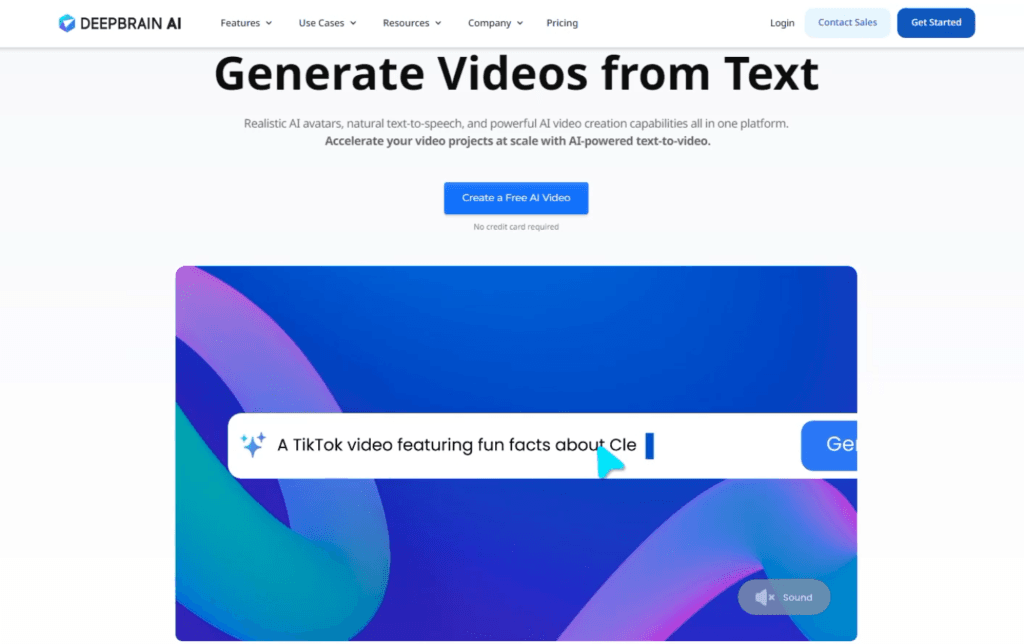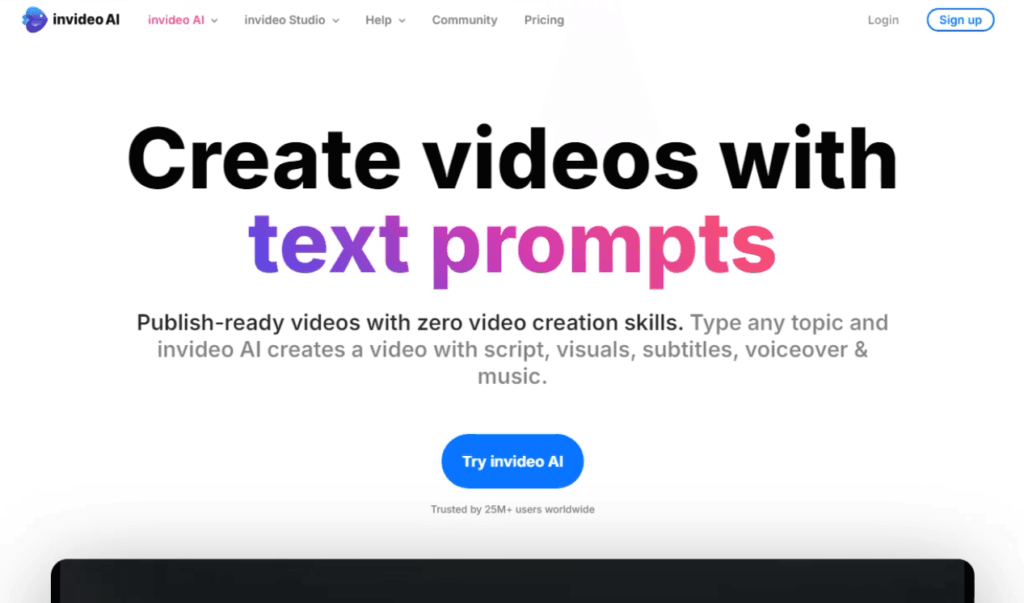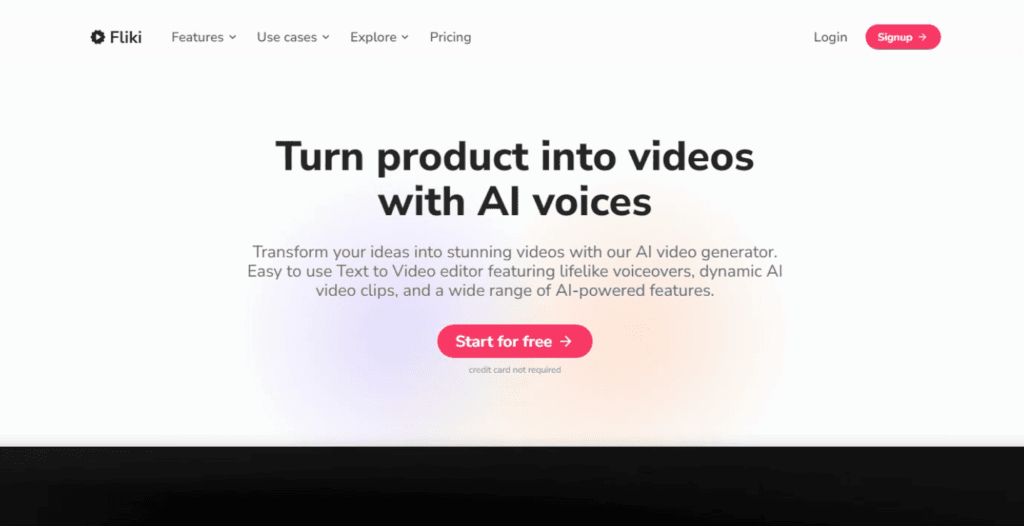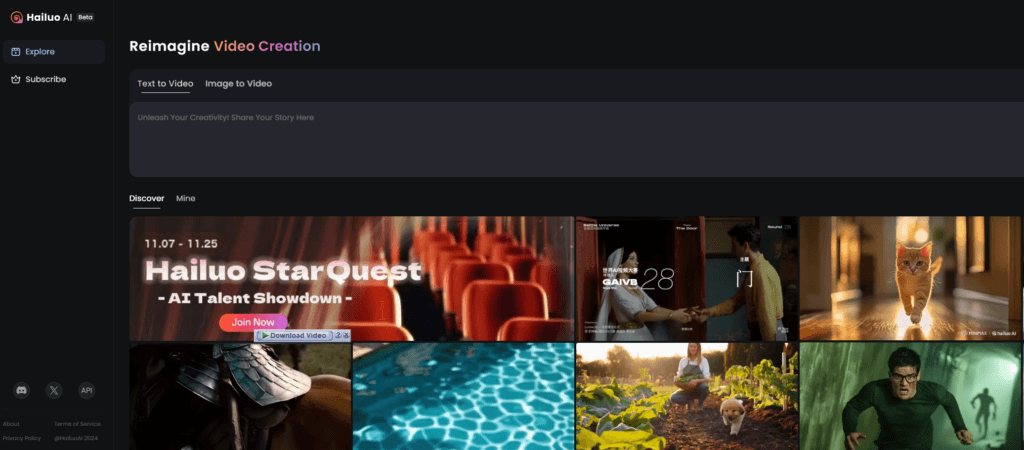The Dark Truth About AI: 10 Myths That Could Ruin Your Business
The world of artificial intelligence is evolving at a breathtaking pace, with ChatGPT processing over 10 billion queries daily and AI art platforms generating an astounding 50 million images every 24 hours. Yet, as these technologies become increasingly integrated into our daily lives, the line between fact and fiction grows increasingly blurry. In 2025, we find ourselves at a crucial juncture where understanding the reality of AI isn’t just important—it’s essential for making informed decisions about our future. Let’s embark on a journey to separate truth from fiction, examining each myth with concrete data, real-world examples, and thoughtful analysis of the questions that matter most.
Myth #1: “AI Will Eliminate Human Jobs”
The reality of AI’s impact on employment is far more nuanced than headlines would have you believe, and the truth might surprise you.
The Real Numbers Behind AI Employment Impact
The transformation of the job market has been remarkable, but not in the way many predicted. According to the latest comprehensive studies from the World Economic Forum and McKinsey Global Institute, the numbers tell an interesting story. While automation and AI are indeed changing the employment landscape, they’re creating as many opportunities as they’re transforming.
Job Creation vs. Displacement (2023-2025):
The data shows a fascinating pattern of workplace evolution. We’ve seen 97 million new positions emerge in direct response to AI integration, while 149 million existing jobs have undergone significant transformation. Yes, 85 million positions have been displaced, but this has resulted in a net positive creation of 12 million jobs. These numbers reveal a pattern of evolution rather than elimination.
Success Stories: AI Job Transformation
1. Legal Industry Revolution
The legal sector provides one of the most compelling examples of AI integration done right. Traditional law firms were initially skeptical about AI implementation, fearing it would reduce their workforce. However, the reality has proven quite different.
Before AI integration, junior lawyers were drowning in paperwork, spending up to 70% of their valuable time on routine document review. The introduction of AI-powered legal tools has dramatically shifted this dynamic. Now, these same lawyers spend only 30% of their time on document review, allowing them to focus on higher-value tasks like client consultation, strategy development, and complex legal analysis.
The most surprising outcome? Law firms have actually increased their hiring by 25% in 2024. This growth isn’t despite AI—it’s because of it. The increased efficiency has allowed firms to take on more cases and expand their services, creating new specialized roles such as:
- Legal Technology Specialists who bridge the gap between traditional legal practice and AI tools
- AI-Human Interface Coordinators who ensure smooth integration of AI systems into legal workflows
- Legal Data Ethics Officers who oversee the ethical implementation of AI in legal practice
2. Healthcare Transformation
The Mayo Clinic’s AI integration program has become a case study in successful human-AI collaboration. Their 2024 results tell a compelling story of how AI can enhance rather than replace human capabilities:
- Medical staff increased by 15% to manage new AI-enabled services
- Diagnosis accuracy improved by 30% through AI-assisted analysis
- Administrative tasks reduced by 40%, freeing up medical professionals for patient care
- Over 200 new positions created specifically for AI-healthcare specialists
These changes have led to better patient outcomes, reduced wait times, and improved job satisfaction among healthcare workers. The key was viewing AI as a tool to augment human capabilities rather than replace them.
Answering Critical Questions
Q: Why aren’t we seeing more government initiatives for AI literacy education?
The reality is that we are seeing significant movement in this direction, though perhaps not as quickly as needed. As of 2025, government response to AI education has been gaining momentum across the globe.
Current Progress: Seventeen U.S. states have now implemented mandatory AI literacy programs in their public education systems. The European Union’s Digital Education Action Plan has made significant strides in incorporating AI curriculum across member states. Meanwhile, Singapore’s AI Apprenticeship Programme has successfully trained over 50,000 workers in essential AI skills.
Success Stories: Finland’s approach has been particularly noteworthy, offering a free, comprehensive online AI literacy program that has become a model for other nations. South Korea has taken an even more aggressive stance, integrating AI education from elementary school onward. Canada’s AI Skills for Industry initiative has created a successful blueprint for industry-education partnerships.
Remaining Challenges: However, significant gaps still exist. We need:
- A standardized AI curriculum that can be implemented across different countries and educational systems
- More robust funding mechanisms for teacher training in AI-related subjects
- Solutions to address the digital divide that limits access to AI education resources
Q: How can we ensure equitable access to AI training?
This question touches on one of the most crucial challenges facing AI education today. Fortunately, several promising solutions are already in action.
Current Solutions in Action:
- Free Online Programs Major tech companies have stepped up to address the accessibility gap:
- Google’s AI Learning Initiative has graduated over 2 million students worldwide
- Microsoft’s AI Upskilling Platform has certified more than 1.5 million learners
- IBM’s AI Fundamentals program has reached over 3 million participants globally
- Government Initiatives Public sector response has been gaining momentum:
- The U.S. has established a $500 million AI Workforce Development Fund
- The EU’s €2 billion Digital Skills and Jobs Coalition is making significant inroads
- India’s AI for All program has successfully reached over 1 million people in rural areas
Myth #2: “AI Systems Think and Feel Like Humans”
The anthropomorphization of AI systems has become one of the most dangerous misconceptions in modern technology.
The Reality Behind AI “Intelligence”
The way we talk about AI often misleads people into believing these systems have human-like consciousness. Headlines about AI “thinking,” “feeling,” or “wanting” something have created a false narrative about what these systems actually are. The truth is far more mechanical, yet no less fascinating.
Consider the widely-publicized case from late 2024, when a Google engineer claimed their AI system had achieved consciousness. This incident sparked a global debate about AI sentience, but it also revealed how easily we can be misled by sophisticated language models. The AI wasn’t conscious—it was executing incredibly complex pattern recognition based on its training data.
How Modern AI Actually Works
Let’s break down the reality of AI “thinking” versus human cognition:
Human Cognition:
- Processes information through biological neural networks
- Learns from limited examples and can generalize broadly
- Has genuine understanding and consciousness
- Experiences emotions and empathy
- Can reason abstractly and create truly novel ideas
AI Processing:
- Operates through mathematical models and statistical analysis
- Requires massive amounts of training data
- Performs pattern recognition and prediction
- Has no genuine understanding or consciousness
- Cannot experience emotions or empathy
- Combines existing patterns in novel ways but doesn’t truly “create”
Real-World Examples of AI Limitations
The ChatGPT-5 hallucination incident of early 2025 provides a perfect example. Despite being the most advanced language model to date, it confidently generated entirely fictional legal cases during a high-profile court proceeding. This embarrassing incident reminded us that AI systems don’t “know” things in the way humans do—they predict patterns based on training data.
The Dangers of Anthropomorphization
Attributing human characteristics to AI systems isn’t just incorrect—it’s potentially harmful. Consider these real consequences:
- Medical Decision-Making: In 2024, a hospital in California reported several cases where staff deferred to an AI’s judgment because they believed it “understood” patient needs better than they did. This led to several near-miss incidents where human oversight was crucial.
- Financial Planning: Multiple cases emerged where investors trusted AI trading systems with their life savings because they believed the AI could “feel” market trends. This misunderstanding led to significant losses when the systems failed to account for unprecedented market conditions.
- Mental Health Support: The growing trend of people forming emotional attachments to AI chatbots has raised serious concerns among mental health professionals. Some individuals are choosing AI companions over human relationships, believing the AI truly “cares” about them.
Myth #3: “AI Is Completely Objective and Unbiased”
This myth might be the most dangerous of all, as it ignores the very human origins of AI systems.
The Truth About AI Bias
AI systems inherit biases from multiple sources, and understanding these is crucial for responsible deployment. Recent studies from MIT and Stanford have identified several key areas where AI bias manifests:
Sources of AI Bias:
- Training Data Bias:
- Historical data often contains societal prejudices
- Underrepresentation of certain groups
- Geographic and cultural skewing
- Developer Bias:
- Team composition affects design decisions
- Cultural assumptions influence feature selection
- Economic priorities shape development
Real-World Impact of AI Bias
The 2024 AI Hiring Scandal at TechCorp provides a sobering example. Their AI recruitment tool was found to be systematically favoring candidates from certain universities and backgrounds, despite claiming to be “purely merit-based.” Investigation revealed that the training data primarily contained successful hires from the past decade—a period when the tech industry’s lack of diversity was even more pronounced.
The Healthcare AI Bias Crisis of 2025
One of the most alarming examples of AI bias emerged in the healthcare sector early this year. A widely-implemented diagnostic AI system showed significantly lower accuracy rates for certain ethnic groups and women. The system had been trained primarily on data from male patients of European descent, leading to potentially dangerous misdiagnoses for other demographics. This crisis served as a wake-up call for the medical community and led to the establishment of the International AI Healthcare Equity Commission.
Financial Services: The Hidden Bias
The banking sector has faced similar challenges with AI bias. Several major banks discovered their AI-powered loan approval systems were inadvertently discriminating against applicants from specific zip codes and demographic groups. Despite not explicitly considering race or gender, the AI systems had learned to use proxy variables that effectively recreated historical lending biases. The Federal Reserve’s 2025 investigation into this matter led to groundbreaking new regulations for AI in financial services.
Myth #4: “AI Will Soon Achieve Artificial General Intelligence (AGI)”
The persistent belief that we’re on the verge of creating human-like general intelligence overlooks fundamental challenges and limitations.
Understanding the AGI Timeline
Despite sensational headlines claiming AGI is “just around the corner,” the reality is far more complex. Leading AI researchers from institutions like DeepMind, OpenAI, and MIT consistently emphasize that we’re still decades away from achieving true AGI, if it’s even possible with current approaches.
Why AGI Is Further Away Than You Think:
- The Consciousness Gap
- Current AI systems lack self-awareness
- No AI has demonstrated genuine understanding
- The nature of consciousness remains poorly understood by science
- Philosophical questions about the possibility of artificial consciousness remain unresolved
- The Learning Limitation
- Modern AI requires massive amounts of data for narrow tasks
- Humans can learn from just a few examples
- Transfer learning between domains remains limited
- Creative problem-solving abilities are still primitive
Real-World Progress vs. Hype
Let’s look at some recent developments that have been misinterpreted as steps toward AGI:
The GPT-6 Announcement Controversy
When OpenAI announced GPT-6 in late 2024, many media outlets claimed it showed signs of general intelligence. However, careful analysis revealed that while the model showed impressive language capabilities, it still exhibited the same fundamental limitations as its predecessors:
- Unable to truly understand context
- No real-world knowledge beyond training data
- Cannot form new concepts independently
- Lacks true reasoning abilities
The Robot Learning Breakthrough
Boston Dynamics’ latest humanoid robot impressed many with its ability to learn new tasks through observation. However, what wasn’t widely reported was that:
- Each new task required extensive programming
- The robot couldn’t generalize learning between different types of tasks
- Environmental adaptability remained limited
- The system lacked true understanding of its actions
Myth #5: “AI Systems Are Completely Secure and Unhackable”
This dangerous assumption has led to several major security breaches in 2025.
The Reality of AI Security
As AI systems become more integral to critical infrastructure, their security vulnerabilities have become increasingly apparent. The first quarter of 2025 alone saw several high-profile AI security breaches:
Major Security Incidents:
- The Northwestern Power Grid Incident
- AI system controlling power distribution was compromised
- Hackers manipulated the AI’s decision-making parameters
- 2.3 million households affected
- Revealed fundamental vulnerabilities in AI infrastructure
- The Global Banking AI Attack
- Coordinated attack on AI-powered fraud detection systems
- Resulted in $2.4 billion in fraudulent transactions
- Exposed weaknesses in AI model security
- Led to new international AI security protocols
Current Security Challenges
The cybersecurity community has identified several key vulnerabilities unique to AI systems:
- Model Poisoning
- Training data can be manipulated
- Subtle changes can create backdoors
- Difficult to detect compromised models
- Growing black market for poisoned datasets
- Adversarial Attacks
- AI systems can be fooled by specially crafted inputs
- Security systems can be bypassed
- Recognition systems can be tricked
- Financial models can be manipulated
Myth #6: “AI Will Solve All of Humanity’s Problems”
The techno-optimistic view that AI is a universal solution oversimplifies complex global challenges.
The Reality of AI’s Problem-Solving Capabilities
While artificial intelligence has made remarkable strides in various fields, the notion that it will automatically solve humanity’s greatest challenges is both naive and potentially dangerous. We need to understand both the potential and limitations of AI in addressing global issues. Recent experiences have shown us that AI is a powerful tool, but not a magical solution.
Climate Change and AI: A Complex Relationship
The climate crisis presents a perfect example of both AI’s potential and its limitations. In 2024, Google’s DeepMind made headlines with its AI system that optimized energy grid efficiency, reducing emissions by 18% in participating cities. However, what many overlooked was the environmental cost of running these AI systems themselves.
The Double-Edged Sword:
- AI data centers now consume 3% of global electricity
- Training a single large language model produces as much CO2 as 5 cars driven for a year
- Cloud computing infrastructure continues to expand rapidly
- The environmental impact of AI hardware production is significant
Healthcare Promises vs. Reality
The healthcare sector provides another sobering example of AI’s limitations in solving complex problems:
Success Stories:
- Early cancer detection rates improved by 45% with AI assistance
- Drug discovery timelines reduced by 60%
- Rare disease diagnosis accuracy increased by 32%
- Personalized treatment plans showing 28% better outcomes
Continuing Challenges:
- Healthcare inequality has actually increased in regions with AI adoption
- Rural areas still lack access to AI-powered healthcare tools
- Cost barriers prevent widespread implementation
- Integration with existing healthcare systems remains problematic
The Human Element
Perhaps the most overlooked aspect is that many of humanity’s problems require social, political, and cultural solutions that AI cannot provide:
Areas Where AI Cannot Replace Human Action:
- Conflict Resolution
- AI can analyze patterns but cannot understand deep-seated emotional conflicts
- Cultural nuances often escape AI understanding
- Peace-building requires human empathy and connection
- Historical context interpretation needs human wisdom
- Social Justice
- AI cannot determine what is fundamentally “fair”
- Ethical decisions require human moral judgment
- Community building needs human interaction
- Social change requires emotional intelligence
Myth #7: “AI Development Cannot Be Controlled”
The belief that AI development is an unstoppable force beyond human control is both false and dangerous.
The Power of Human Agency
Contrary to popular belief, AI development is not an autonomous process but rather one guided by human decisions and choices. The past year has shown several examples of successful AI governance:
Successful Regulation Examples:
- The European AI Act Implementation
- Comprehensive framework for AI development
- Clear guidelines for high-risk AI applications
- Mandatory transparency requirements
- Effective enforcement mechanisms
- The Global AI Safety Summit Outcomes
- 193 nations signed the AI Safety Accord
- Established international oversight committees
- Created shared safety standards
- Implemented global monitoring systems
Corporate Responsibility in AI Development
The private sector has also demonstrated that responsible AI development is possible:
Industry Leadership:
- Microsoft’s AI Ethics Board
- Rejected profitable but ethically questionable projects
- Implemented strict testing protocols
- Established transparent development guidelines
- Created public accountability measures
- Google’s AI Safety Initiative
- Voluntary development slowdown for safety testing
- Open-source safety protocols
- Collaboration with external auditors
- Regular public safety reports
Community and Stakeholder Involvement
One of the most encouraging developments has been the increasing role of community involvement in AI governance:
Public Participation Mechanisms:
- AI Town Halls in major cities
- Public consultation on AI regulations
- Community oversight boards
- Citizen feedback integration systems
Myth #8: “AI Only Benefits Large Tech Companies”
The misconception that artificial intelligence exclusively serves corporate interests overlooks its widespread positive impact across various sectors and communities.
Democratization of AI Technology
The landscape of AI accessibility has dramatically changed over the past few years. Small businesses, nonprofits, and individual entrepreneurs are increasingly leveraging AI tools to compete and innovate. Let’s examine some compelling examples from 2025:
Small Business Success Stories
The story of Maria Rodriguez, a small bakery owner in New Mexico, perfectly illustrates this transformation. Using accessible AI tools, she implemented:
- Customer preference prediction systems
- Inventory management optimization
- Automated ordering processes
- Personalized marketing campaigns
Her business saw a 156% increase in revenue within six months, while reducing food waste by 78%. This success story represents thousands of similar small businesses thriving with AI adoption.
Community-Based AI Initiatives
Local communities have been developing and implementing AI solutions for specific regional challenges:
Urban Planning Revolution
The city of Portland’s community-led AI initiative has transformed urban planning:
- Traffic flow optimization reduced commute times by 23%
- Smart lighting systems cut energy costs by 45%
- Predictive maintenance saved the city $12 million annually
- Public transportation efficiency increased by 34%
Educational Impact
The democratization of AI has had a profound effect on education:
Classroom Transformation
- Public School Innovation
- Personalized learning paths for each student
- Real-time assessment and feedback systems
- Adaptive curriculum development
- Early intervention identification for struggling students
- Rural Education Access
- Remote learning opportunities expanded
- Virtual tutoring programs implemented
- Resource allocation optimization
- Special needs support enhancement
Healthcare Accessibility
Community health centers have leveraged AI to improve care:
Local Health Initiatives
- Mobile health screening programs
- Preventive care optimization
- Remote diagnosis capabilities
- Resource allocation improvement
Myth #9: “AI Systems Are Too Complex to Understand”
While AI systems are sophisticated, they’re not beyond human comprehension or oversight.
Making AI Transparent
Recent developments have made AI systems more understandable and accountable:
Explainable AI Progress
- Visual Interpretation Tools
- Decision pathway mapping
- Neural network visualization
- Pattern recognition explanation
- Confidence level indicators
- User-Friendly Interfaces
- Interactive explanation systems
- Plain language documentation
- Step-by-step decision tracking
- Accessible technical documentation
Public Education Initiatives
Organizations worldwide are making AI literacy a priority:
Educational Programs
- Community Workshops
- Basic AI concepts explanation
- Hands-on learning experiences
- Real-world application demonstrations
- Regular update sessions
- Online Resources
- Free educational platforms
- Interactive learning modules
- Multilingual content availability
- Practical application guides
Industry Transparency Efforts
Major tech companies have made significant strides in transparency:
Corporate Initiatives
- Public Documentation
- Detailed system architectures
- Decision-making processes
- Data usage explanations
- Regular audit reports
- Stakeholder Engagement
- Regular public forums
- Community feedback sessions
- Expert panel discussions
- Open development processes
Myth #10: “AI Development Is Always Progress”
Not all AI development contributes positively to society, and critical evaluation is essential.
Measuring True Progress
We need to evaluate AI development through multiple lenses:
Assessment Criteria
- Social Impact
- Community benefit measurement
- Equality and accessibility
- Cultural preservation
- Environmental considerations
- Economic Factors
- Job market effects
- Resource allocation efficiency
- Innovation potential
- Market competition impact
Responsible Development Framework
The industry has begun implementing comprehensive evaluation systems:
Key Components
- Ethics Assessment
- Social impact analysis
- Environmental sustainability checks
- Privacy protection measures
- Bias evaluation protocols
- Implementation Guidelines
- Staged deployment processes
- Community feedback integration
- Regular impact assessment
- Adjustment mechanisms
Conclusion: Moving Beyond AI Myths
Understanding the reality of AI technology is crucial for its responsible development and implementation in society.
Key Takeaways from Common AI Myths
As we’ve explored these prevalent myths about artificial intelligence, several critical insights emerge that should guide our approach to AI development and adoption:
1. Balanced Perspective is Essential
- AI is neither a magical solution nor an unstoppable threat
- Real capabilities lie between extreme optimism and pessimism
- Understanding limitations is as important as recognizing potential
- Critical thinking must guide AI implementation
2. Human Role Remains Central
- AI augments rather than replaces human capabilities
- Human oversight is crucial for ethical AI deployment
- Emotional intelligence and creativity remain uniquely human
- Social problems require human-centered solutions
Moving Forward: Recommendations for Different Stakeholders
For Policymakers
- Evidence-Based Regulation
- Develop frameworks based on actual AI capabilities
- Focus on specific use-case regulations
- Maintain flexibility for technological evolution
- Prioritize public safety while enabling innovation
- International Cooperation
- Establish global AI governance standards
- Share research and safety protocols
- Coordinate regulatory approaches
- Address cross-border AI challenges
For Organizations
- Responsible Implementation
- Conduct thorough impact assessments
- Ensure transparent decision-making processes
- Maintain strong ethical guidelines
- Invest in employee AI literacy
- Stakeholder Engagement
- Regular community consultation
- Clear communication about AI use
- Open feedback channels
- Continuous improvement based on user experience
For Individuals
- Digital Literacy
- Develop basic AI understanding
- Learn to identify AI limitations
- Stay informed about AI developments
- Engage critically with AI tools
- Responsible Usage
- Understand AI tools’ capabilities and limits
- Maintain healthy skepticism
- Protect personal data
- Report concerns and misuse
The Path Forward
As we look to the future, the key to successful AI integration lies in:
1. Education and Awareness
- Continuous learning about AI developments
- Understanding both benefits and risks
- Sharing accurate information
- Promoting digital literacy
2. Collaborative Development
- Multi-stakeholder involvement
- Public-private partnerships
- Community engagement
- International cooperation
3. Ethical Framework
- Clear principles for AI development
- Transparent decision-making processes
- Regular ethical audits
- Continuous improvement
Final Thoughts
The journey of AI development is not predetermined but shaped by our collective choices and actions. By moving beyond myths and embracing a more nuanced understanding, we can:
- Make better decisions about AI deployment
- Ensure more equitable access to benefits
- Minimize potential risks and harm
- Create a more sustainable AI future
The power to guide AI development responsibly lies in our hands. Through education, collaboration, and commitment to ethical principles, we can ensure that AI serves as a force for positive change while maintaining human values and dignity at its core.

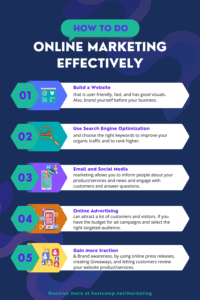


 Now you can choose your favorite product idea from your list. You need to find an idea that stands a chance on the market. So once again, you can use a Tool like
Now you can choose your favorite product idea from your list. You need to find an idea that stands a chance on the market. So once again, you can use a Tool like 
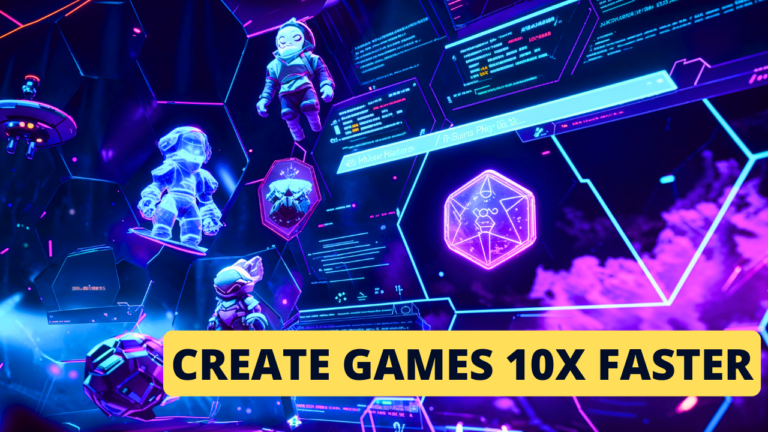
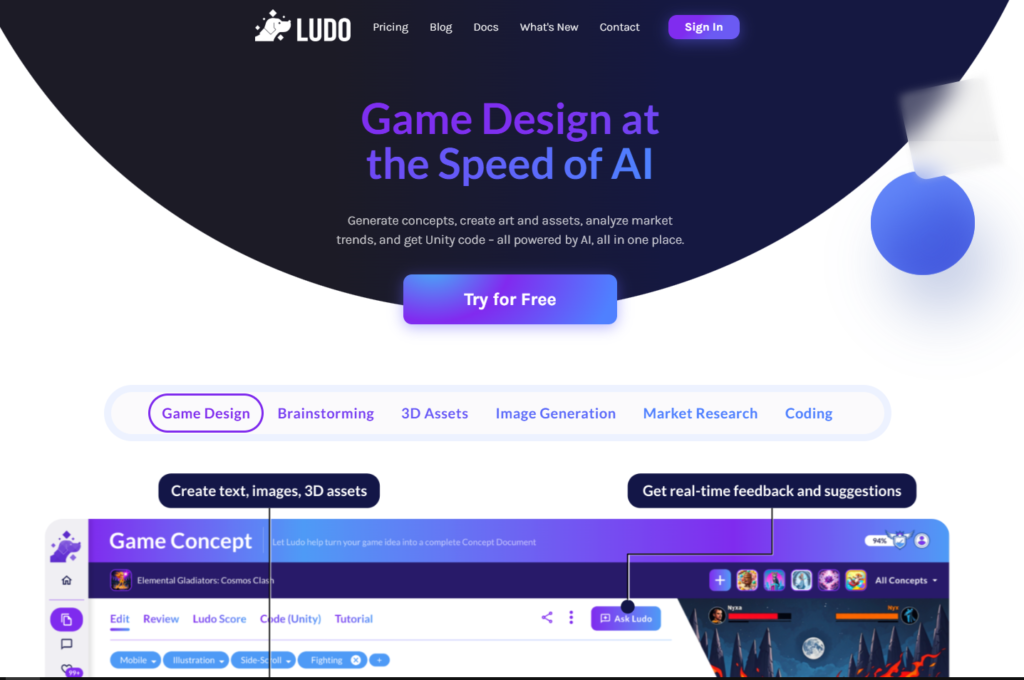

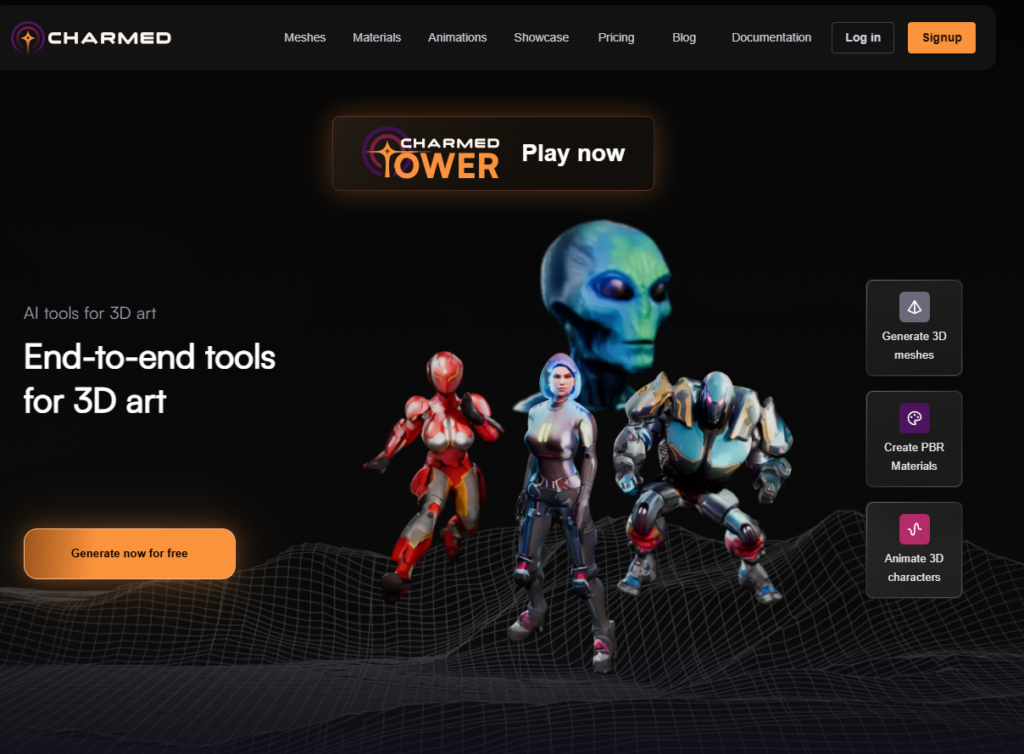
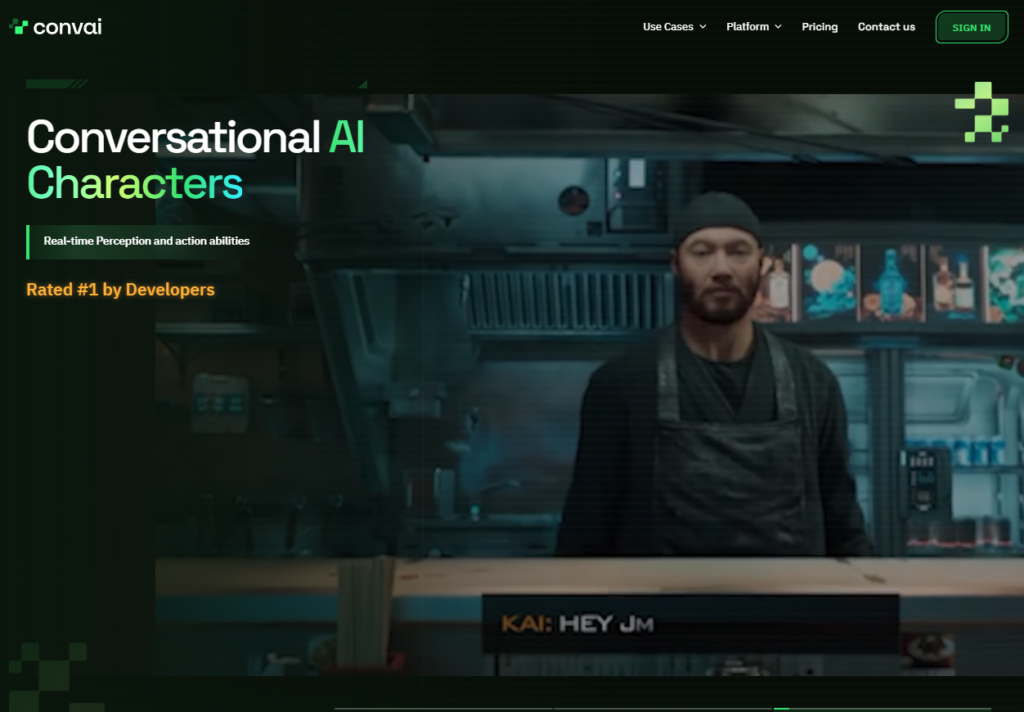
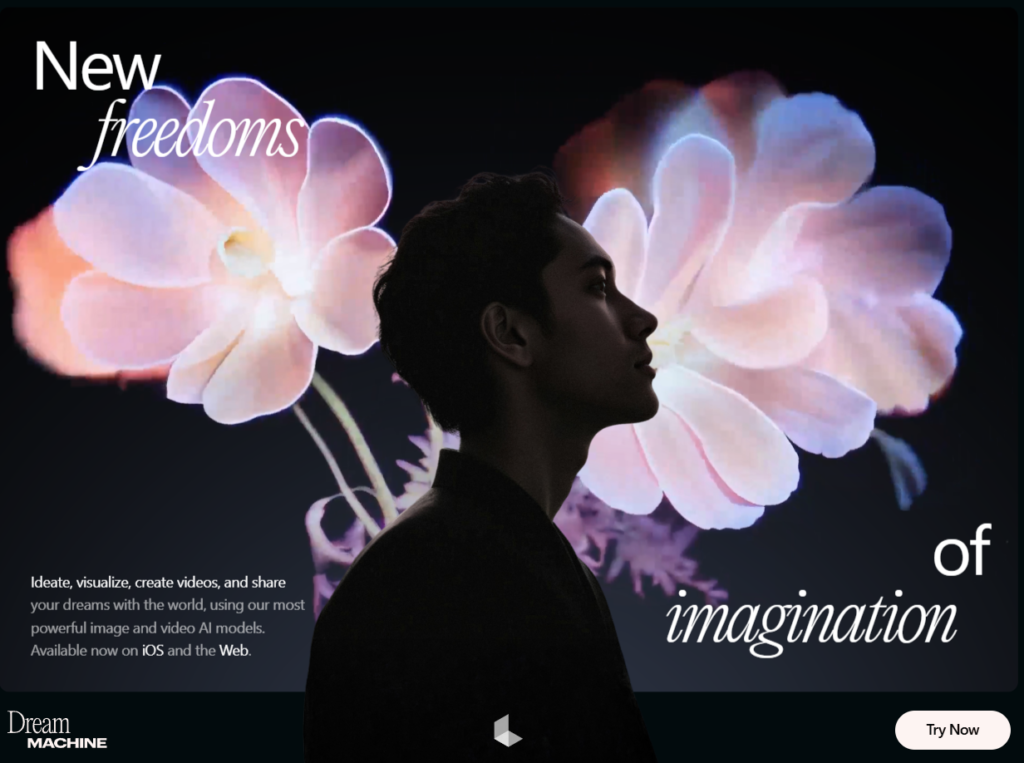
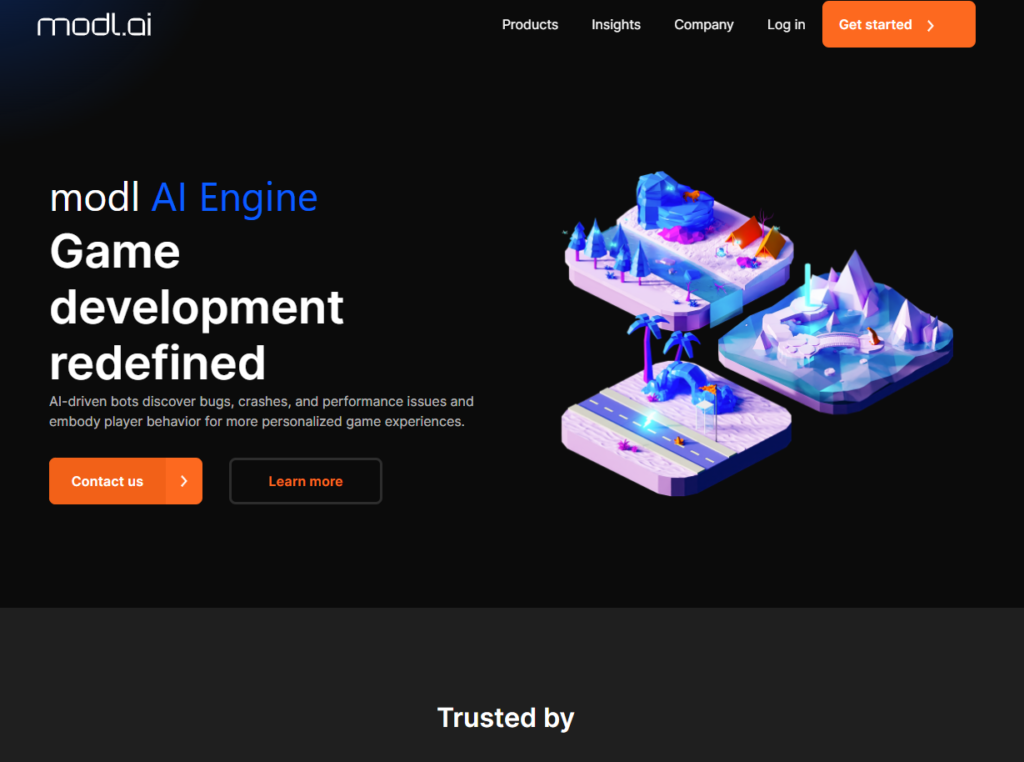
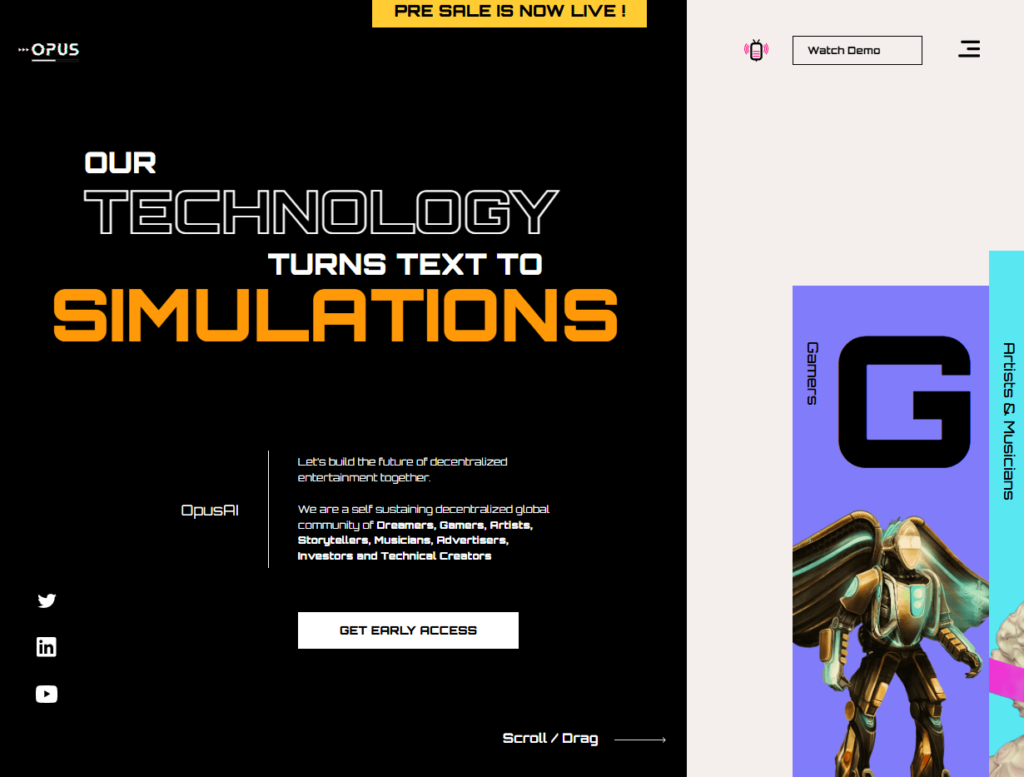
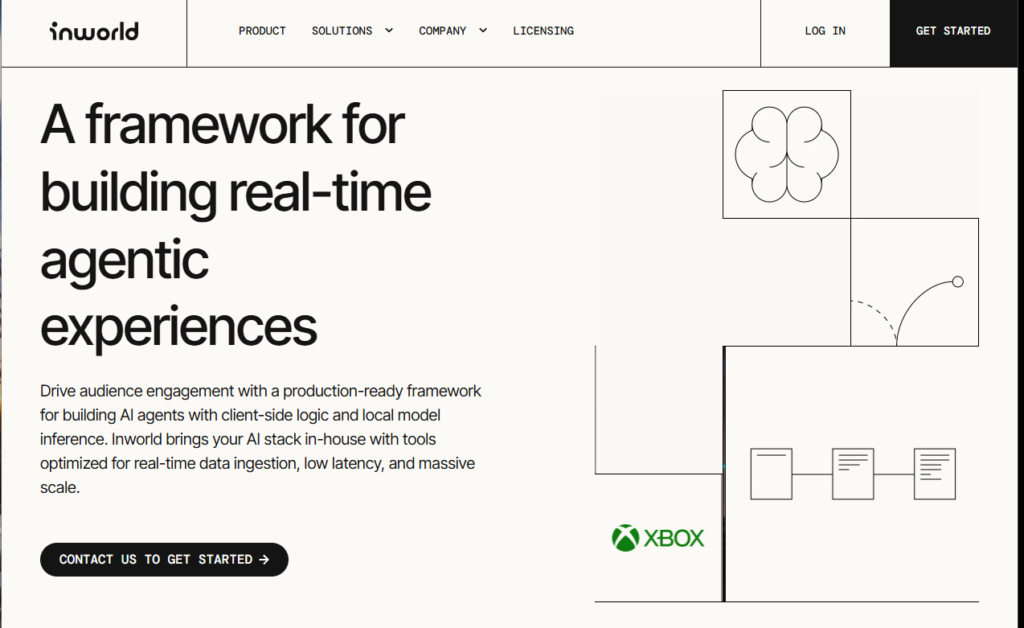
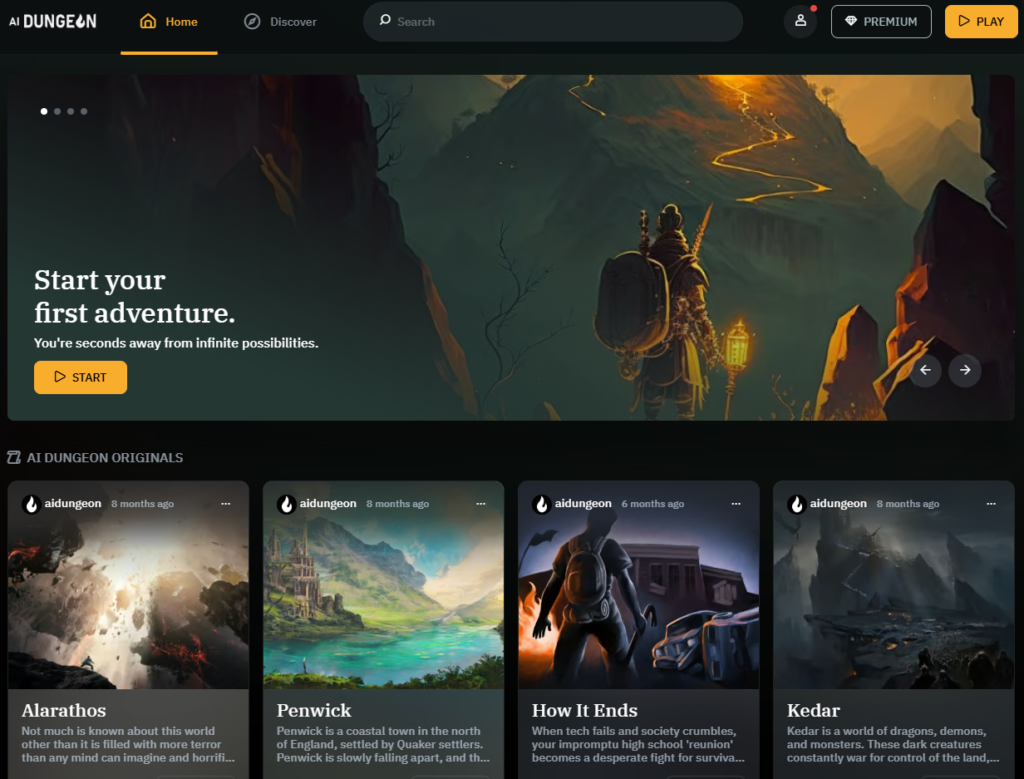

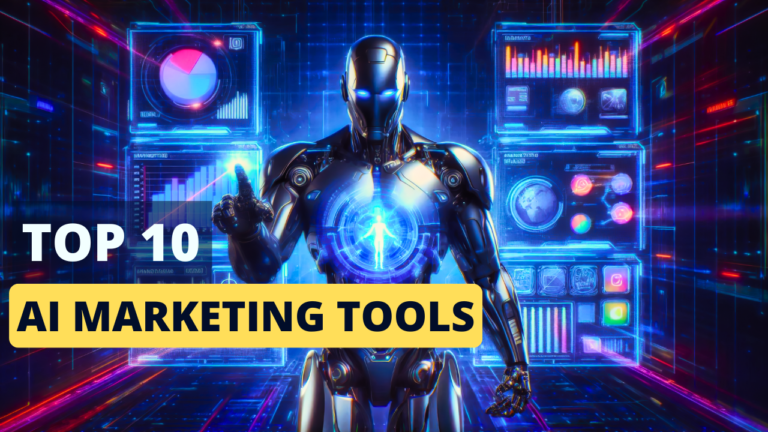






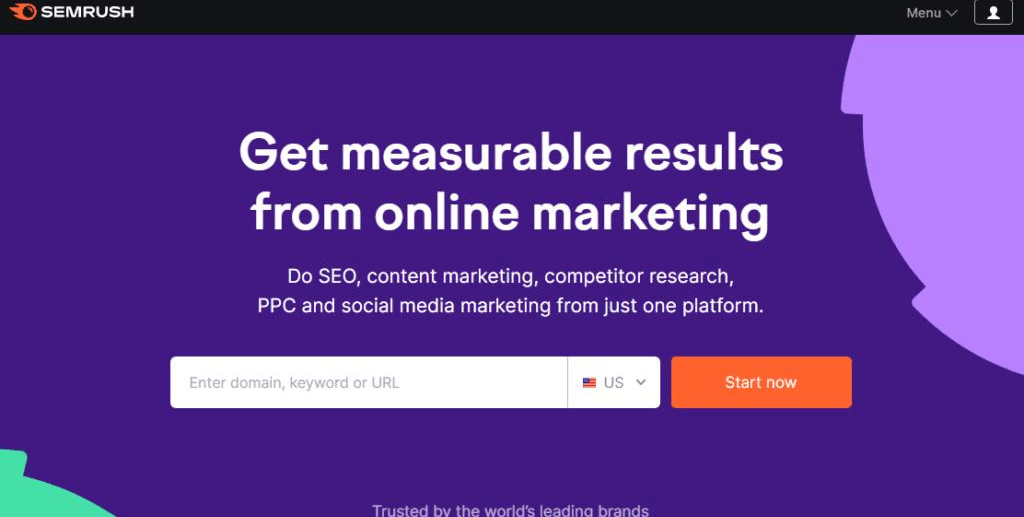



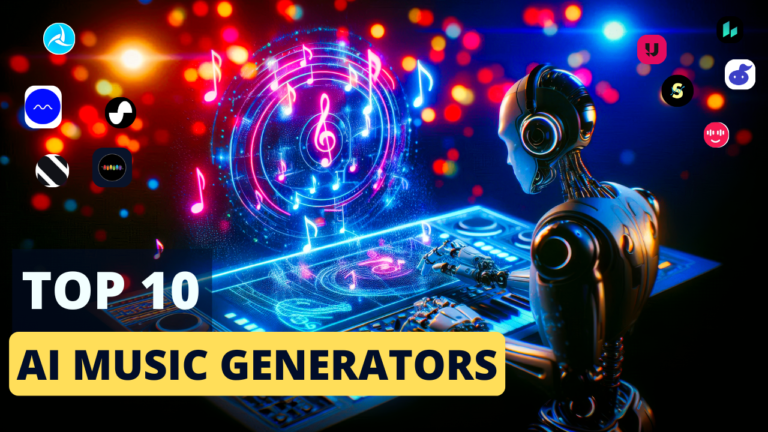
 Udio is a versatile AI music generator known for its user-friendly interface and high-quality music output. It caters to a broad audience, from beginners to professional musicians.
Udio is a versatile AI music generator known for its user-friendly interface and high-quality music output. It caters to a broad audience, from beginners to professional musicians.
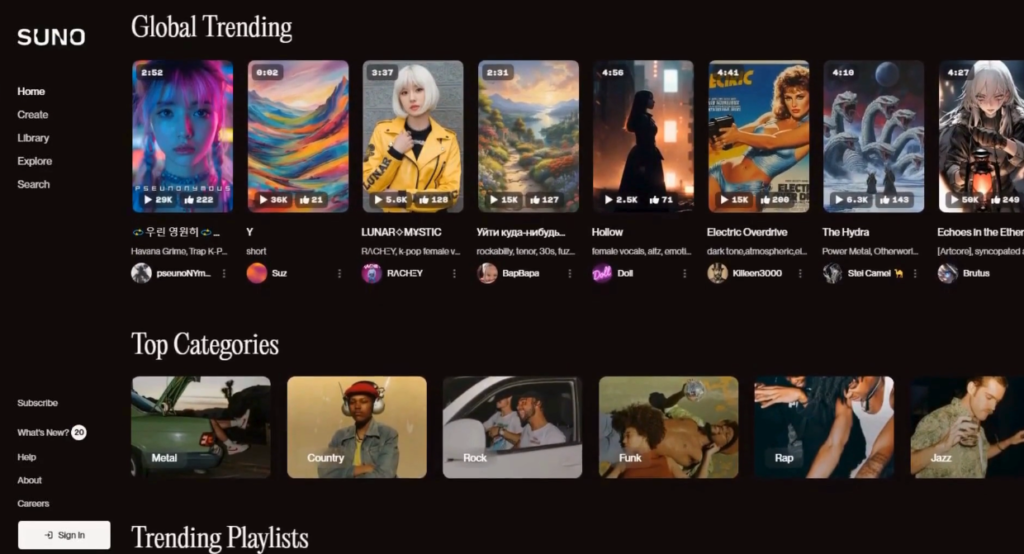
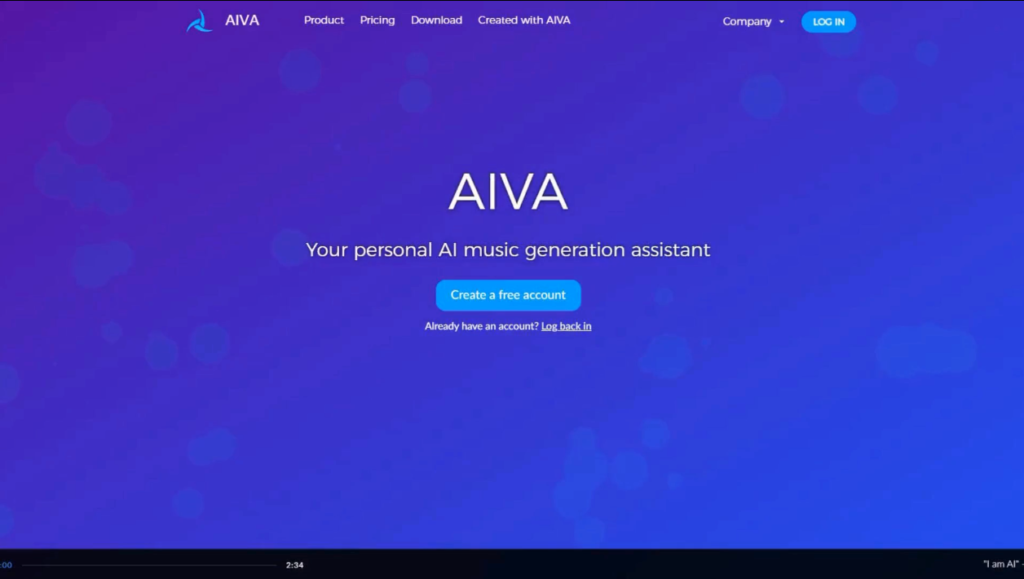
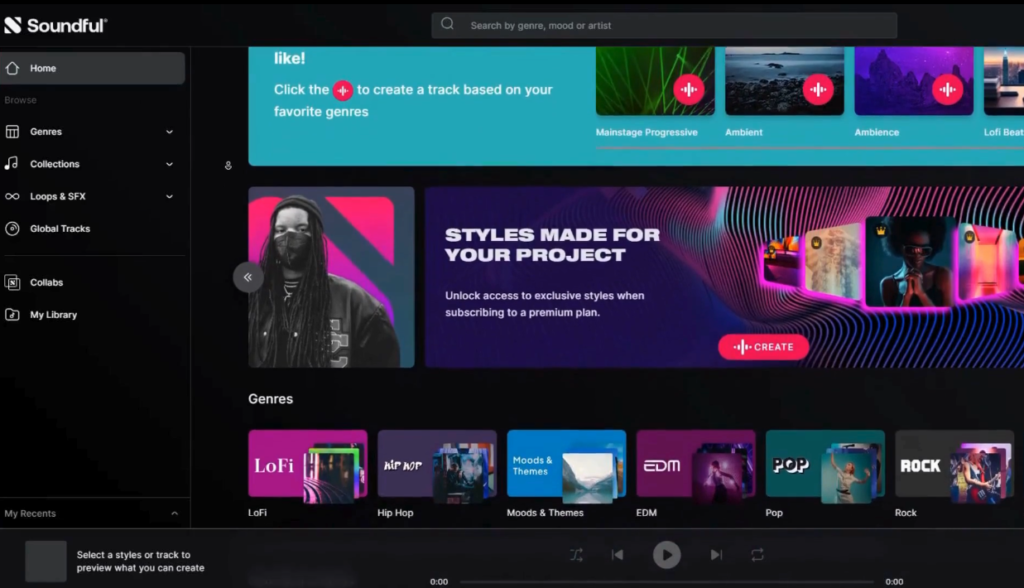
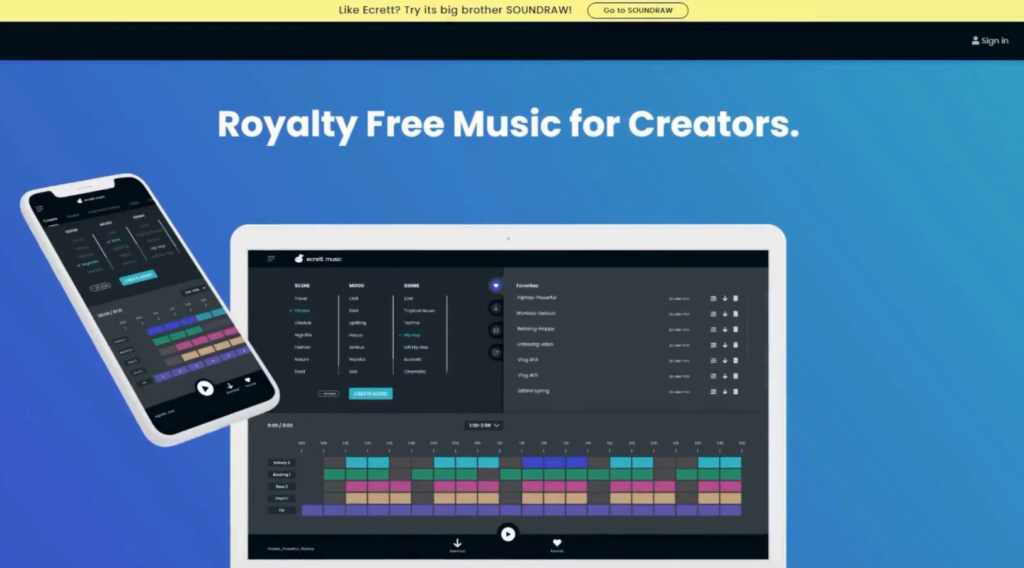



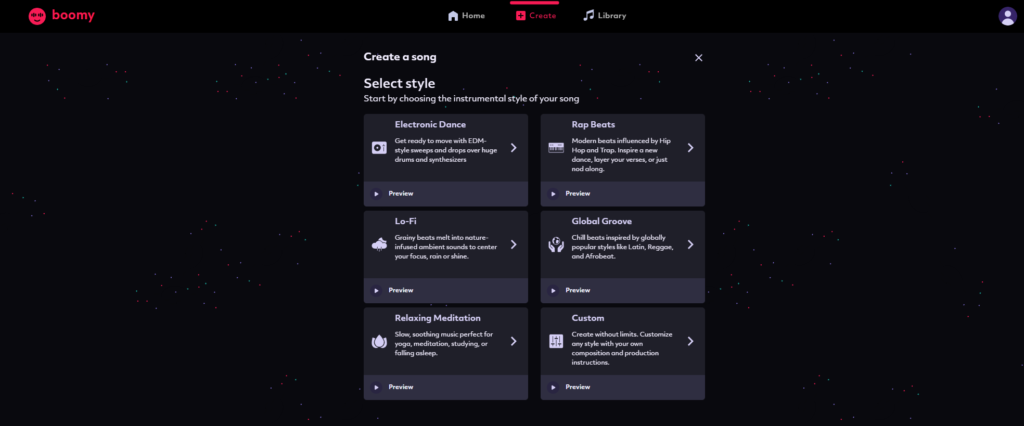

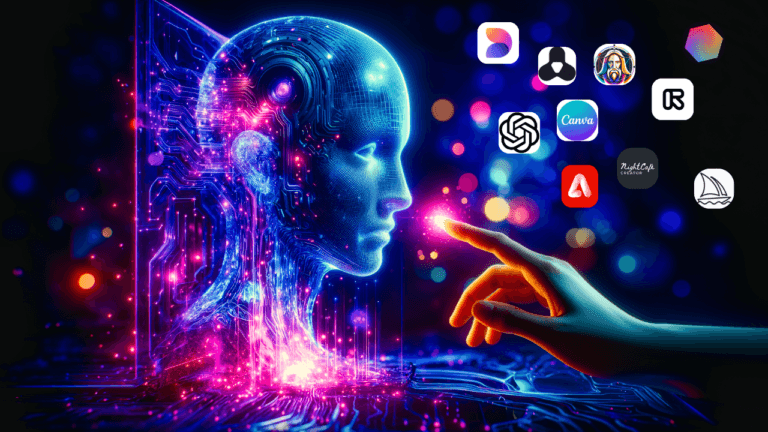

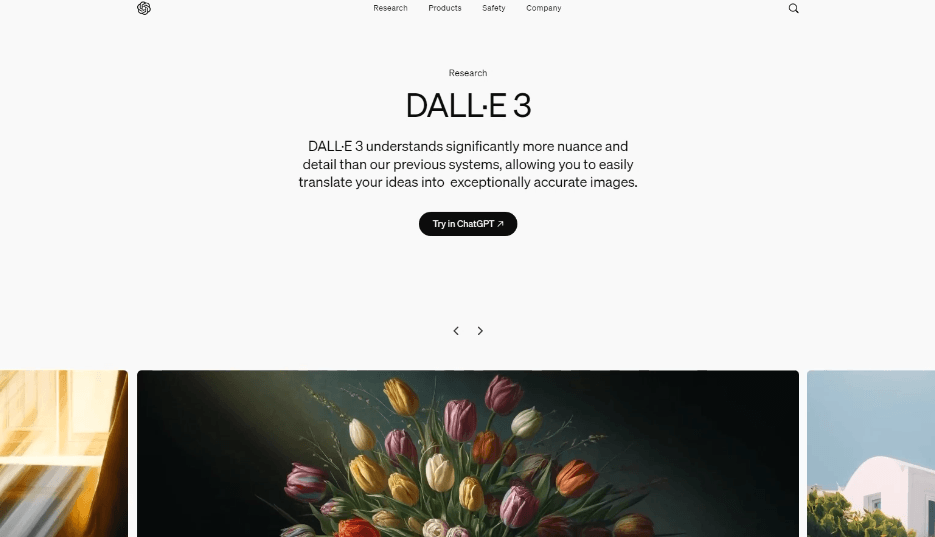
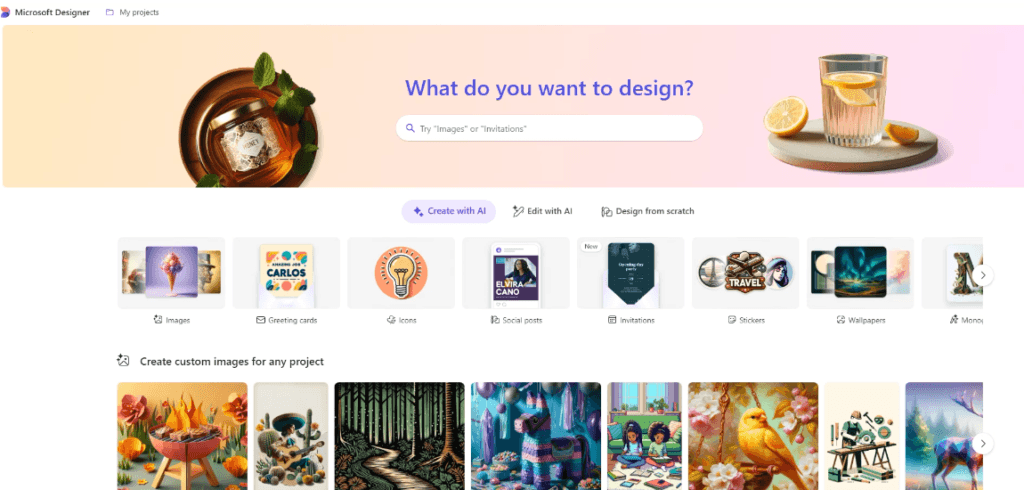
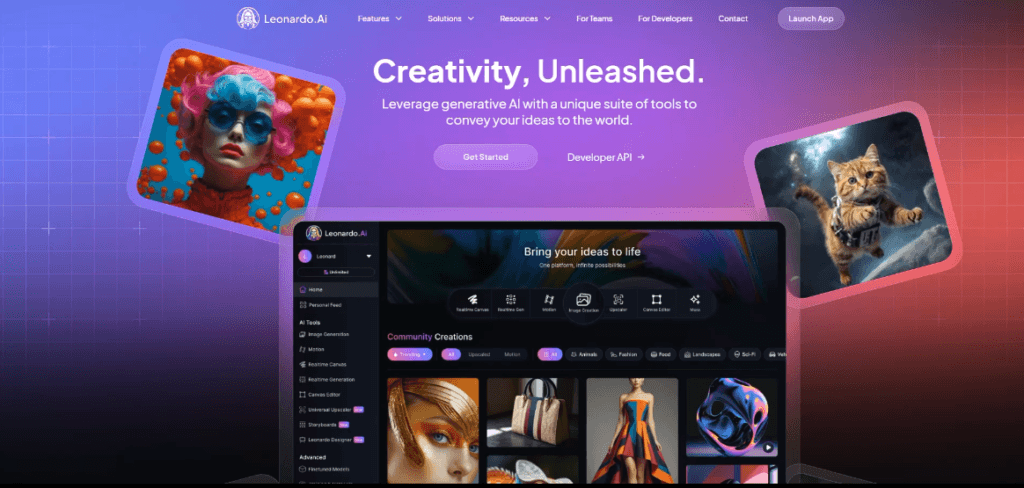
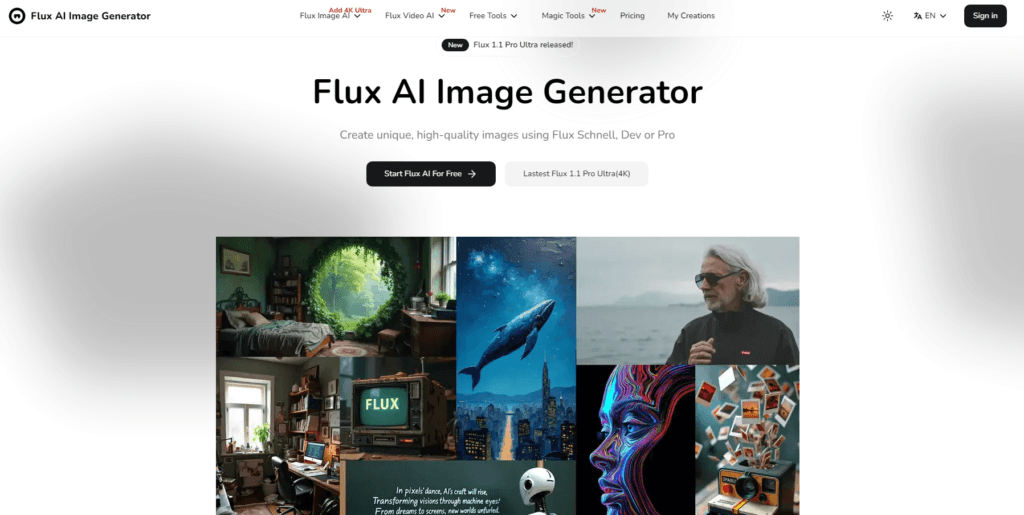
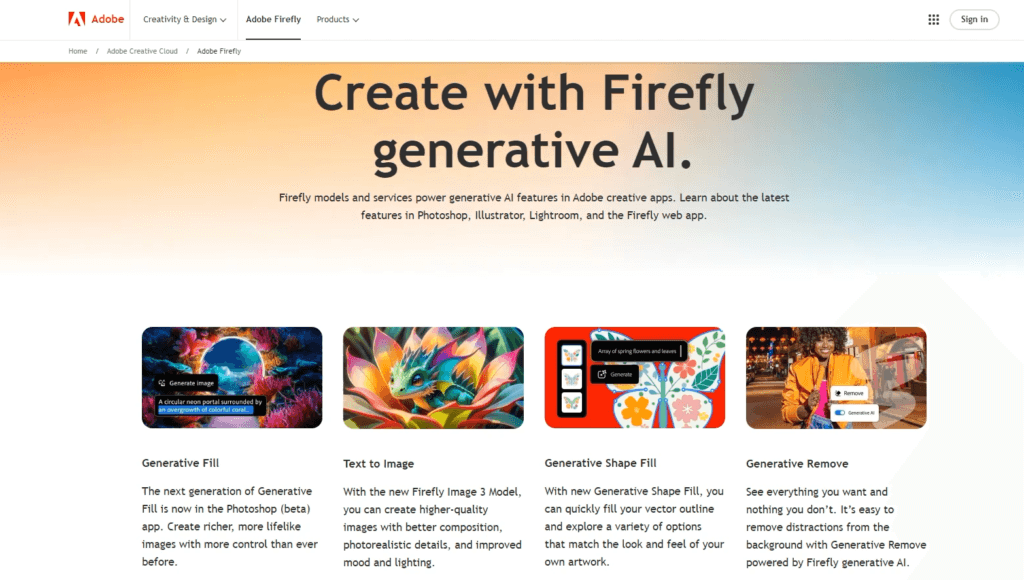
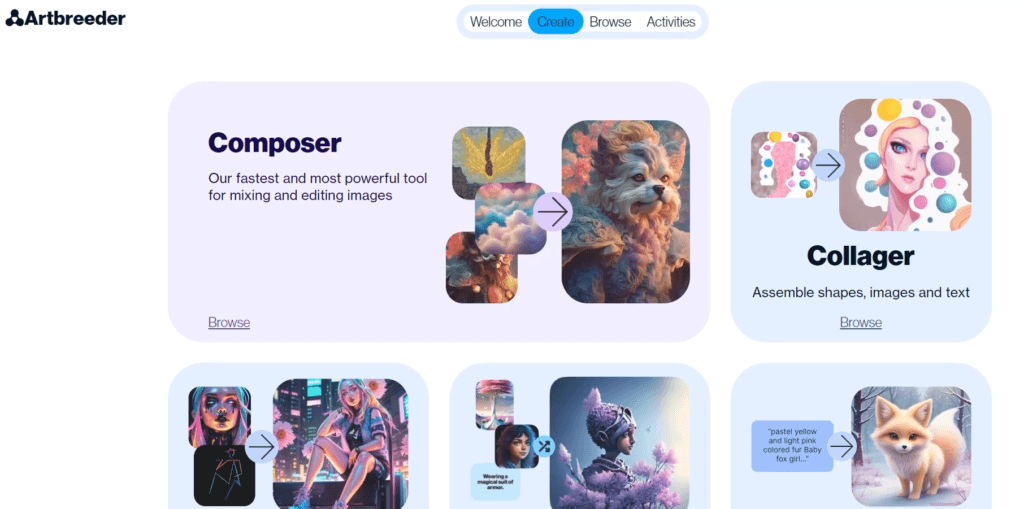
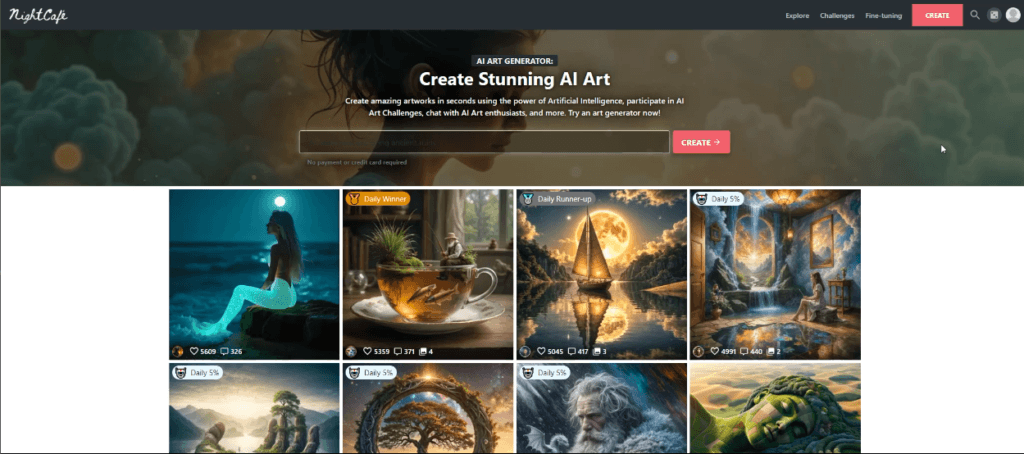
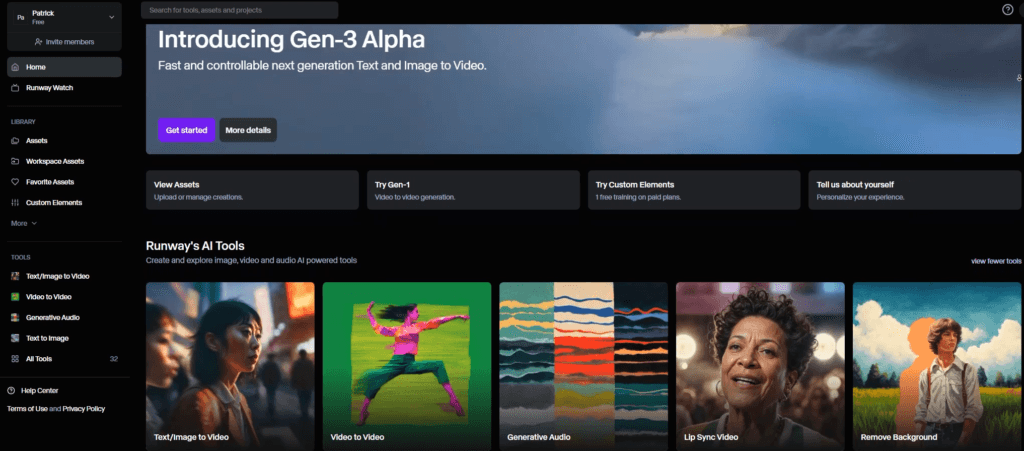

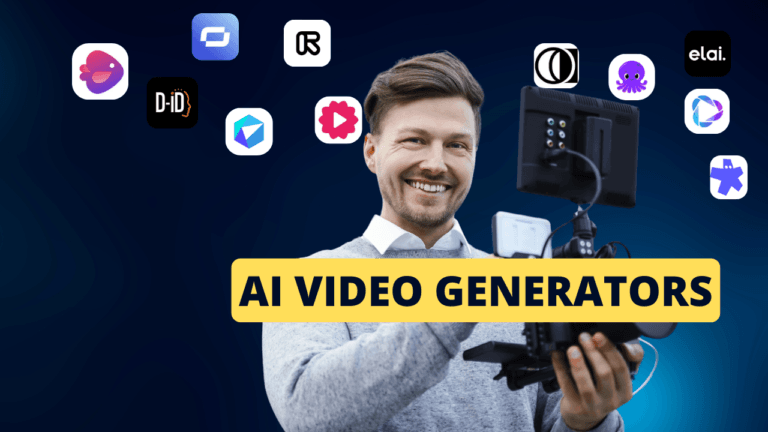
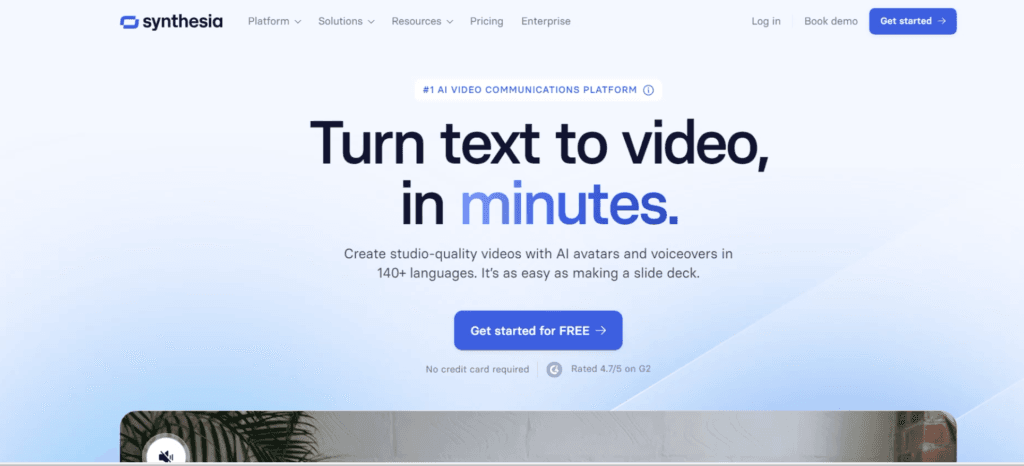
 (4.0 / 5)
(4.0 / 5) (5.0 / 5)
(5.0 / 5) (3.5 / 5)
(3.5 / 5) (4.2 / 5)
(4.2 / 5)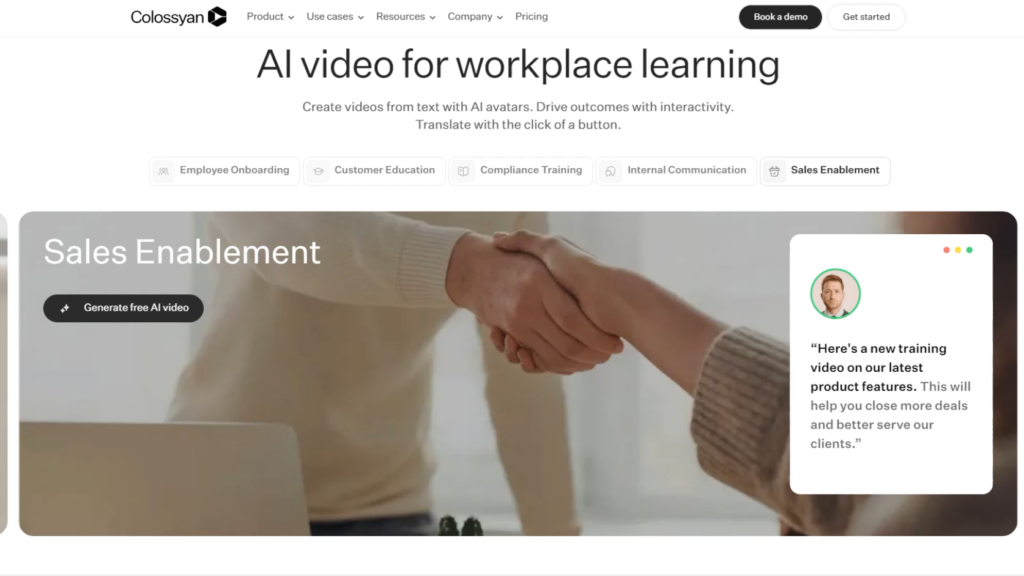
 (3.8 / 5)
(3.8 / 5)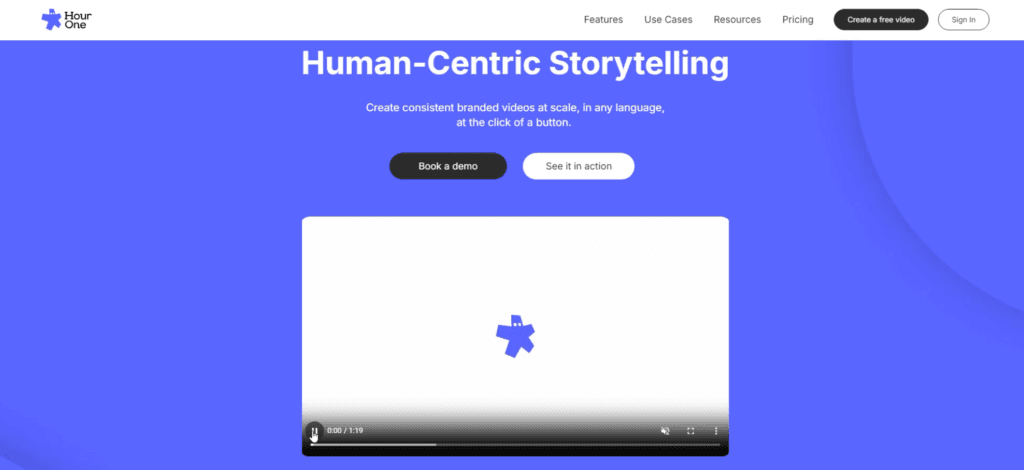
 (3.0 / 5)
(3.0 / 5) (3.3 / 5)
(3.3 / 5)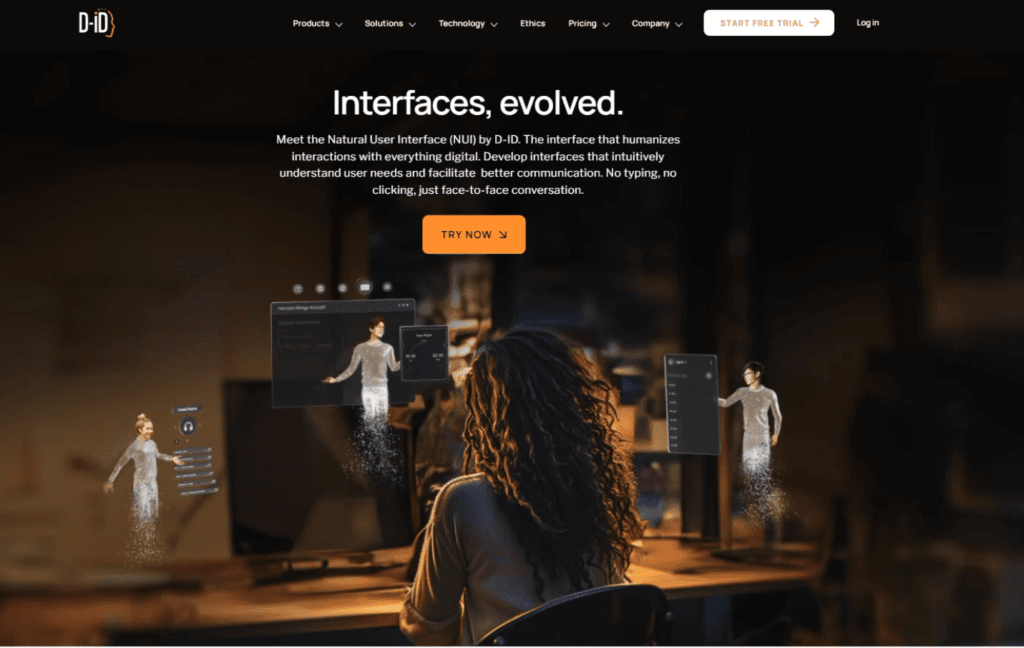
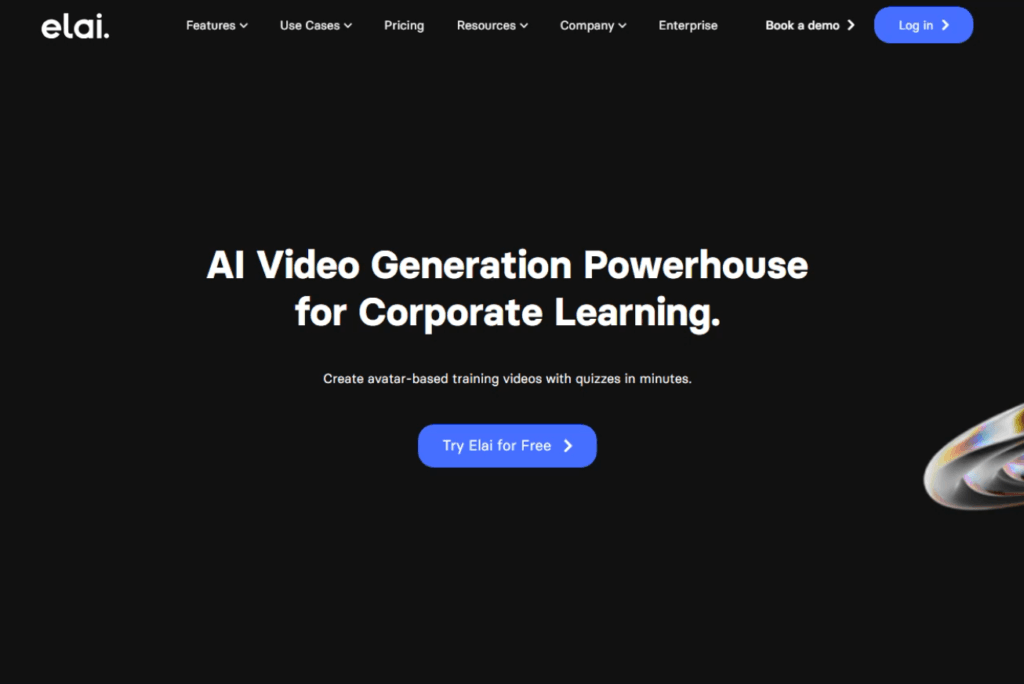
 (4.5 / 5)
(4.5 / 5)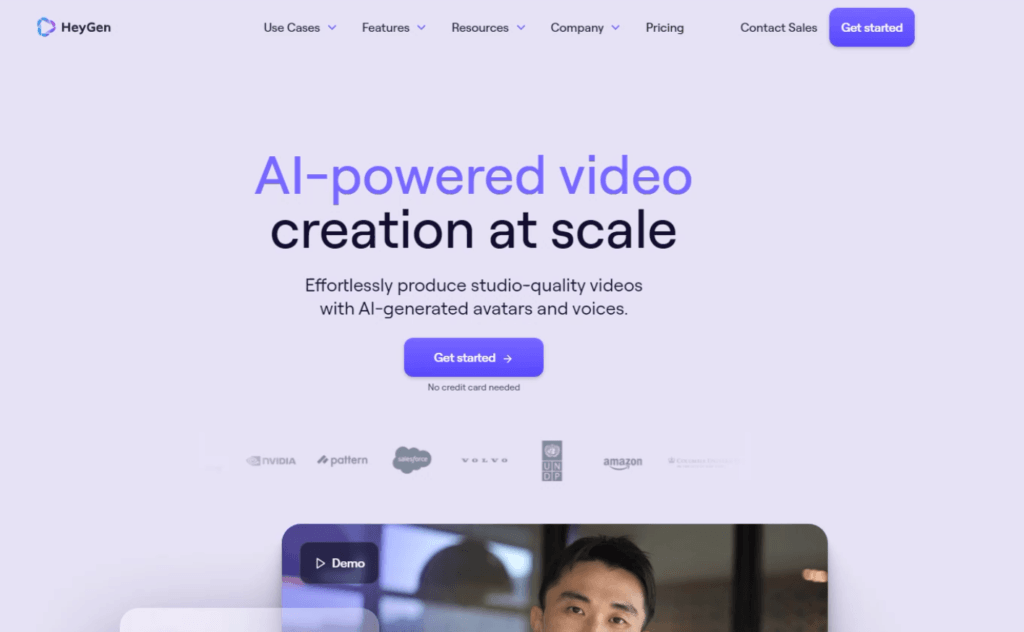
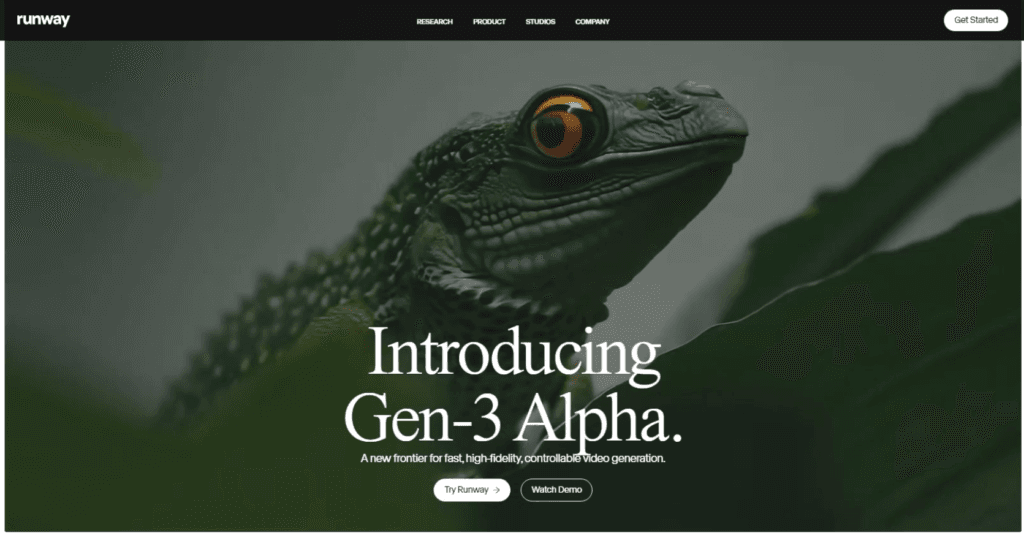
 (4.7 / 5)
(4.7 / 5)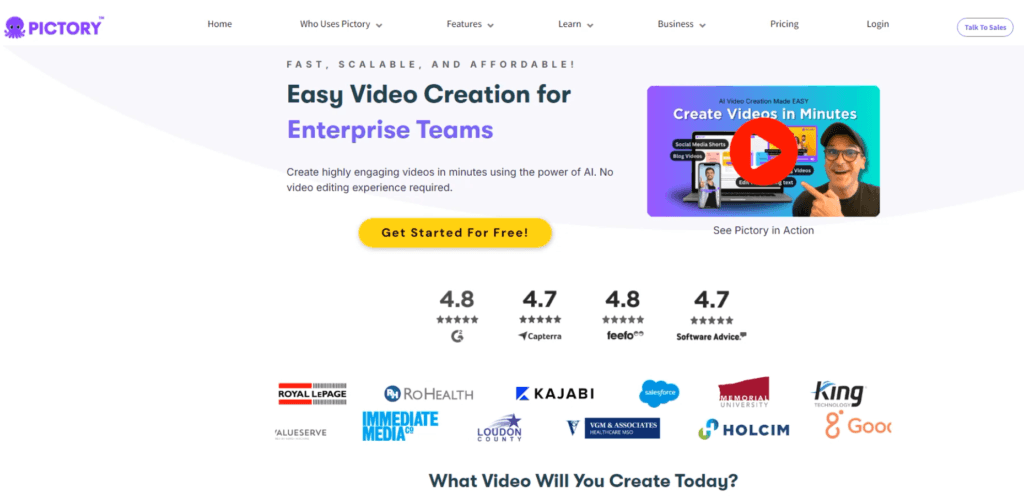
 (3.7 / 5)
(3.7 / 5)